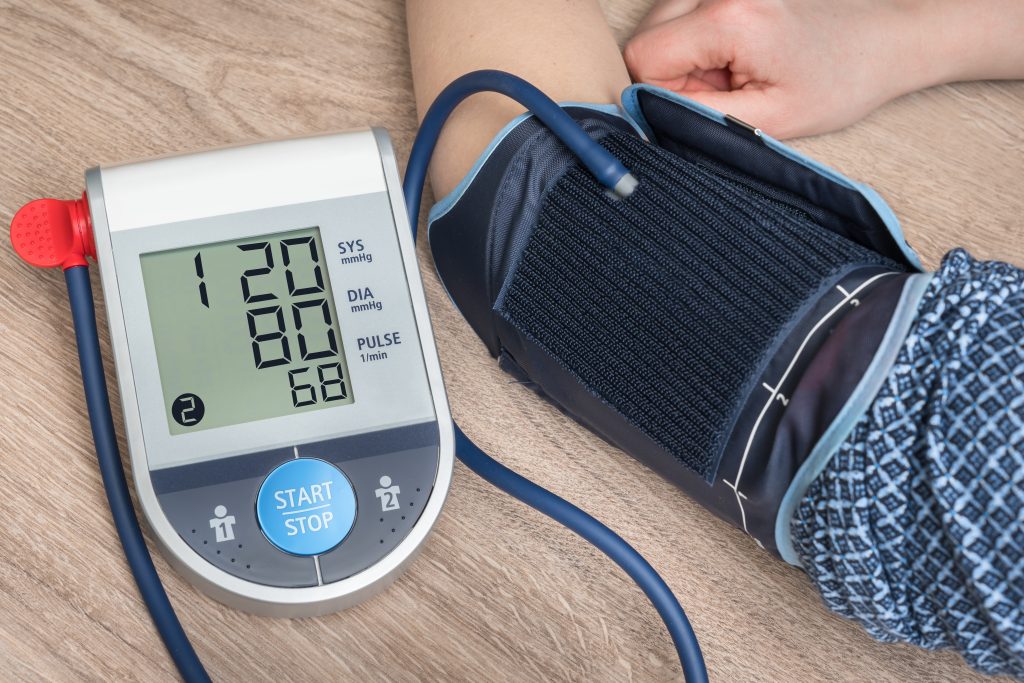
Chronic kidney disease (CKD) is a progressive condition where kidney function gradually declines over time. Globally, more than 673 million people are affected, while CKD cases have nearly doubled since 1990.1 In Malaysia, the prevalence rose sharply from 9% in 2011 to 15.5% in 2018, affecting over 5 million people.2 As CKD poses a significant health challenge,2 controlling blood pressure (BP) is crucial to manage CKD effectively.
How blood pressure affects CKD progression?
Hypertension affects up to 85% of CKD patients and plays a dual role as both a cause and consequence of the disease, creating a vicious cycle that accelerates kidney damage.3,4 Elevated blood pressure puts extra strain on the glomeruli inside kidneys, damaging these delicate structures which leads to a decline in filtration capacity.5 High blood pressure can also constrict and narrow the blood vessels in kidneys, affecting the proper functioning of kidneys.3-5
As kidney function worsens, the body struggles to remove all wastes and extra fluid from the body, resulting in further increase in BP which in turn, causes more damage to the kidneys.3-5 Meanwhile, uncontrolled hypertension accelerates progression to end-stage kidney disease and increases the risk of cardiovascular complication.4 Therefore, effective BP control is fundamental, not only for preserving kidney function but also for reducing the risk of cardiovascular disease.
Why intensive blood pressure control in CKD?
Intensive BP control significantly reduces major cardiovascular events and all-cause mortality in patients with high cardiovascular risk, including those with CKD.6-8 Most notably, the SPRINT trial which involved 9,361 hypertensive adults (28.3% with CKD) demonstrated that targeting a systolic BP below 120 mmHg lowered the risk of major cardiovascular events by 25% and all-cause mortality by 27%.6 However, real-world gains in cognitive function and kidney disease progression were less consistent, likely due to variations in patient demographics (gender, ethnics, older age) and more complex comorbidities in clinical settings.8
These findings underscore the importance of individualised, more aggressive BP targets in CKD to optimise survival while balancing benefits against potential risks. Similarly, the latest KDIGO guidelines recommend a target BP of less than 120/80 mmHg for most CKD patients, alongside strict BP monitoring and the use of antihypertensive agents.9 The updated guidelines emphasise on shared decision-making, ensuring patients understand both the benefits and potential risks of intensive BP control.9 Overall, intensive BP control is an effective strategy to improve cardiovascular outcomes and survival for CKD patients based on individualised treatment.
Conclusion
While CKD remains a growing health concern, recent understanding in the importance of blood pressure provides a hopeful outlook. Intensive BP control with a systolic BP of less than 120 mmHg may benefit CKD patients by slowing down kidney damage and reducing cardiovascular complications, potentially improving quality of life. For patients and clinicians alike, CKD is no longer seen as an inevitable decline but as a manageable condition where early intervention and vigilant BP management make a meaningful difference.
Like what you read?
Let us know what you think.
Contact us for any comments and enquiries:
E: info@mediconnexionsconsulting.com
T: +603 7832 0188
Mediconnexions Consulting Sdn. Bhd. offers a wide range of integrated marketing and communications services related to the medical, pharmaceutical and nutritional sciences.
Visit our website at www.mediconnexionsconsulting.com
Medical webinar organiser Malaysia, creative agency for medical Malaysia, medical conference organiser, medical digital marketing agency, medical marketing agency, medical writer Malaysia, medical writer.
Abbreviations:
BP: blood pressure; CKD: chronic kidney disease; KDIGO: Kidney Disease: Improving Global Outcomes; SPRINT: Systolic Blood Pressure Intervention Trial.
References